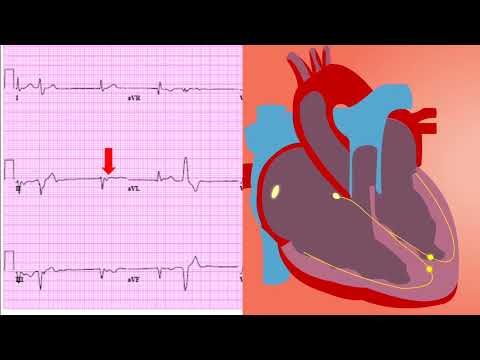🎬 Video Summary
This video provides a comprehensive overview of coronary artery bypass graft (CABG) surgery, a vital procedure for individuals with coronary artery disease. Learn about the open-heart surgery process, its purpose in restoring blood flow to the heart, and what to expect before, during, and after the operation. This guide is designed to provide essential information and increase understanding of CABG for patients and caregivers.
🧠Teaching Perls
- Understand the purpose and benefits of coronary artery bypass graft (CABG) surgery.
- Learn about the techniques used in open-heart surgery to bypass blocked arteries.
- Identify the indications for CABG and when it is the recommended treatment option.
- Explore the recovery process and lifestyle adjustments following CABG surgery.
- Gain insight into the risks and potential complications associated with CABG.
❓ Frequently Asked Questions
Q: What is coronary artery bypass graft (CABG) surgery?
A: CABG surgery is an open-heart procedure that improves blood flow to the heart. It involves grafting healthy blood vessels to bypass blocked or narrowed coronary arteries.
Q: Who needs CABG surgery?
A: CABG is typically recommended for individuals with severe coronary artery disease where other treatments, such as medication or angioplasty, are not sufficient.
Q: How long does CABG surgery take?
A: The duration of CABG surgery can vary, but it generally takes between 3 to 6 hours, depending on the number of bypasses needed.
Q: What is the recovery process like after CABG?
A: Recovery from CABG surgery involves a hospital stay followed by several weeks of rehabilitation. It’s essential to follow medical advice, participate in cardiac rehab, and make lifestyle adjustments.
Q: What are the risks associated with CABG surgery?
A: As with any surgical procedure, CABG carries potential risks, including bleeding, infection, blood clots, and heart rhythm problems. These risks are carefully managed by the surgical team.
Q: How long will the benefits of CABG last?
A: The benefits of CABG can last for many years, but it’s essential to maintain a healthy lifestyle, including a heart-healthy diet, regular exercise, and managing other risk factors to maximize the long-term benefits.
🧠 Key Takeaways
- 💡 CABG surgery improves blood flow to the heart by bypassing blocked arteries.
- 💡 Recovery from CABG involves cardiac rehabilitation and lifestyle modifications.
- 💡 CABG is a significant treatment option for severe coronary artery disease.
- 💡 The procedure involves grafting healthy blood vessels to circumvent blockages.
- 💡 Understanding the risks and benefits is crucial for informed decision-making.
🔍 SEO Keywords
Coronary Artery Bypass Graft, CABG Surgery, Open Heart Surgery, Coronary Artery Disease, Heart Surgery, Bypass Surgery, Cardiac Surgery.
“`

